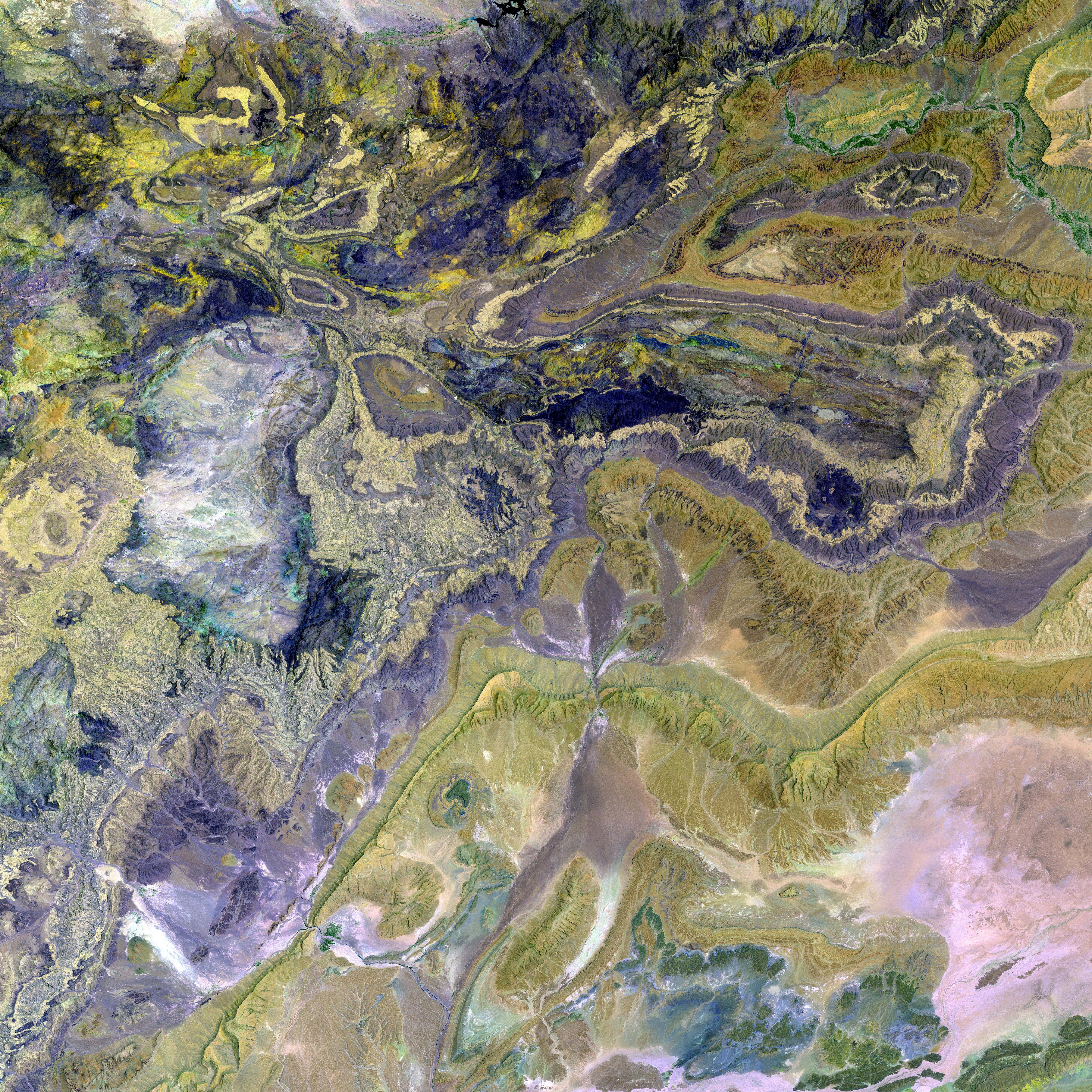Data Exchange Protocol Utilizing Graph Structures for Decentralized Data Management
The Graph: The Decentralized, Efficient Solution for Web3 Data Indexing
The Graph is an open-source, decentralized indexing protocol designed to streamline data access for blockchain applications. This innovative technology offers a crucial cornerstone in the web3 landscape, enabling efficient and reliable data collection, storage, and retrieval for a multitude of decentralized applications (dApps) [3].
By utilizing subgraphs—open-source GraphQL APIs—The Graph allows developers to index and query specific data from various blockchain networks, sparing them the need to scan entire blockchains for relevant data [2]. This streamlined process is essential for the security, functionality, and scalability of web3 applications.
The Graph's fundamental components include decentralized indexing, subgraphs, and the GRT token [2]. Indexing involves the systematic organization of data from various blockchain networks, which becomes accessible through subgraphs. Subgraphs serve as the backbone of The Graph's technology, facilitating the seamless retrieval of specific information by dApps [2]. The GRT token is employed to incentivize network participants such as indexers, curators, and delegators, who play vital roles in maintaining the network's integrity and efficiency [2].
The operation of The Graph unfolds in three key steps. First, it indexes data from various blockchain networks and makes this information accessible through subgraphs. Next, dApps can engage with this indexed data using subgraphs, which are essentially GraphQL APIs defining data structure and access methods. Lastly, indexers, curators, and delegators contribute to the network's smooth operation [2].
Getting your Trinity Audio player ready...
The Graph's implementation offers wide-ranging applications, particularly within Decentralized Finance (DeFi) and Non-Fungible Tokens (NFTs) [1][2]. In DeFi, real-time data access becomes indispensable for trading and market analysis, while in NFT marketplaces,indexing and querying NFT metadata become vital. As such, The Graph stands as a pivotal infrastructure for the web3 ecosystem.
In essence, The Graph addresses the challenge of navigating the extensive, complex world of blockchain data, empowering developers to build web3 applications efficiently and securely.
The Graph leverages technology to address the challenge of navigating the complex world of blockchain data, allowing developers to build efficient and secure web3 applications. By utilizing subgraphs, The Graph enables efficient access to specific data from various blockchain networks, providing a crucial solution for Decentralized Finance (DeFi) and Non-Fungible Tokens (NFTs), essentially becoming a pivotal infrastructure for the web3 ecosystem.





